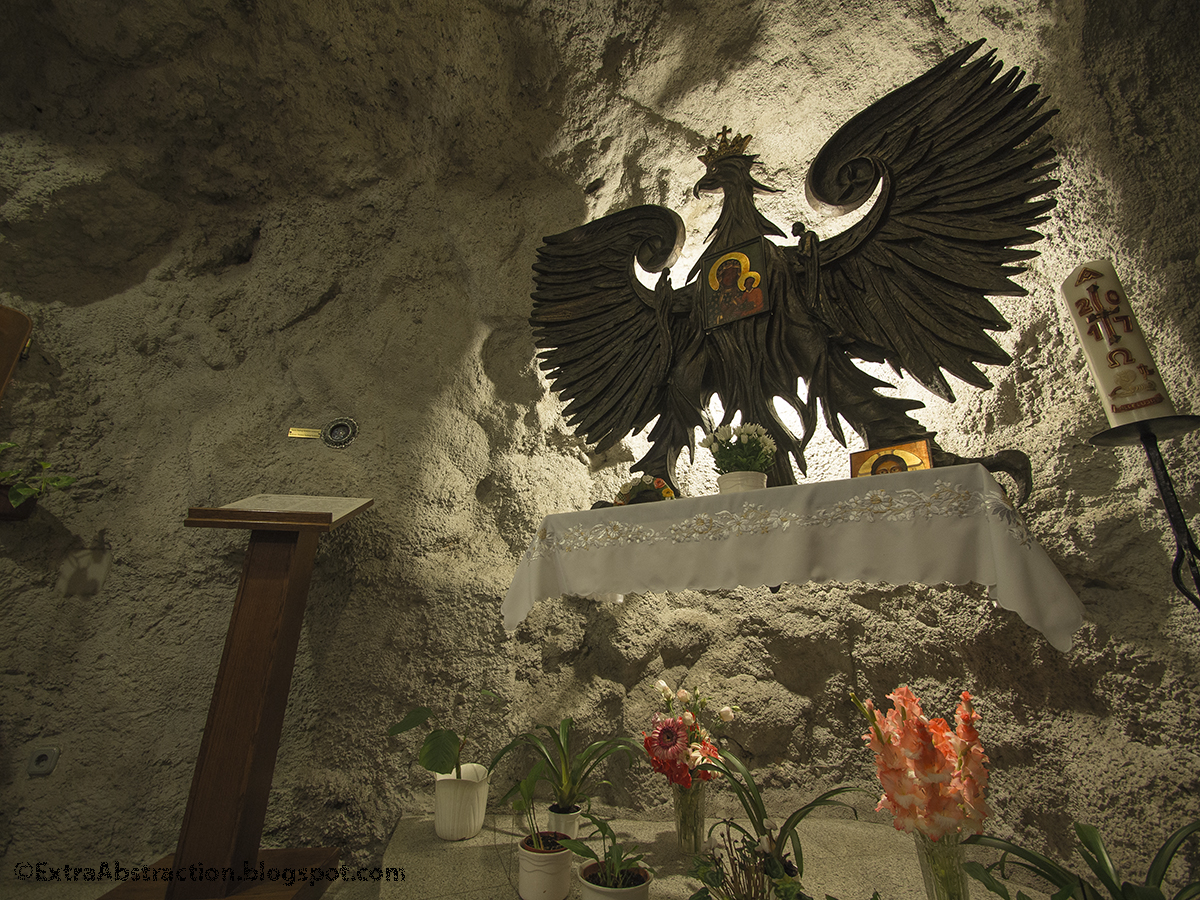Hungarian State Opera House (Magyar Állami Operaház) is a lavish neo-Renaissance opera house that is originally known as the Hungarian Royal Opera House. It is the second-largest opera house located on Andrássy Avenue.
For those who are into opera performances, ongoing programs, and the history of the hose, please visit HP. Since this is a photoblog, I'd stress more on the stunning interior view.
For those who are into opera performances, ongoing programs, and the history of the hose, please visit HP. Since this is a photoblog, I'd stress more on the stunning interior view.
In front of the building are statues of Ferenc Erkel and Franz Liszt. Liszt is the best-known Hungarian composer. Erkel composed the Hungarian national anthem, and was the first music director of the Opera House; he was also the founder of the Budapest Philharmonic Orchestra.
The opera house was designed by the Hungarian architect Mikós Ybl, whereas the Baroque ornamentation, sweeping marble staircases, frescoed ceilings, vast chandeliers, rich velvets, and gilded tiers of seats in the auditorium were mainly contributed by Hungarian painters, Bertalan Székely, Károly Lotz and Mór Than.
 |
| façade |
 |
| Ticket counter |
 |
| Foyer |
 |
| Grand staircase |
 |
| Feszty Bar |
 |
| Royal staircase |
Two bronze statues and portraits are exhibited there.
 |
| Auditorium - a view from the VIP room on the second floor |
 |
| Boxes |
Visiting tours with a mini concert (option) in several languages are available here. No need to book in advance. Be there prior to the tour.










































